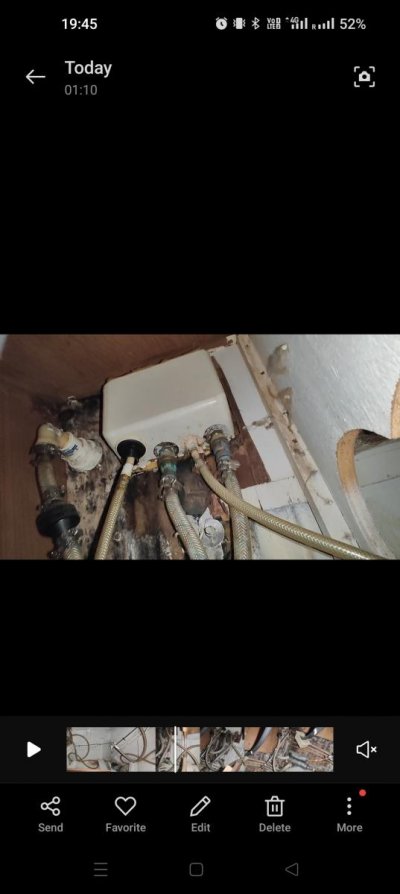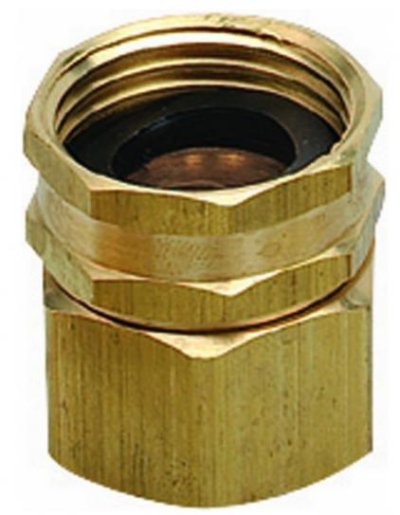paulga
Guru
- Joined
- May 28, 2018
- Messages
- 1,351
- Location
- United States
- Vessel Name
- DD
- Vessel Make
- Marine Trader Sundeck 40'
I see, the transom shower on my boat is the washdown spigot
Here is what they look like from inside. The 5 hoses from left to right I'll number them 1 to 5
Hose 1 is the dock water inlet
Hose 2 is the shower head (water flows up)
Hose 3 is cold water supply
Hose 4 is the same hose as 2, it is mixed hot and cold water (water flows down)
Hose 5 is hot water supply
It looks the hot water tank needs to be drained or bypassed for the compressor method to work.

This is the view for a lower portion

Here is what they look like from inside. The 5 hoses from left to right I'll number them 1 to 5
Hose 1 is the dock water inlet
Hose 2 is the shower head (water flows up)
Hose 3 is cold water supply
Hose 4 is the same hose as 2, it is mixed hot and cold water (water flows down)
Hose 5 is hot water supply
It looks the hot water tank needs to be drained or bypassed for the compressor method to work.

This is the view for a lower portion

I think I mis-spoke earlier. Our dockwater inlet is female garden hose threads. So our dockwater hose attaches -- female GHT to the dockside spigot, male GHT to our boat inlet.
And it happens right next to it, we have a washdown spigot with male GHT.
I can't tell what yours are, from the pics. It would be not uncommon to have an inlet and then a separate outlet too, latter for washdown or some such... like our setup... so if you have two "things" in close proximity you may have something like that too.
And then they may be attached on the same cold water hose line... or they may be on separate lines.
If they're on the same line, it probably won't matter which you use to attach a compressor, but... the dockwater inlet could well have a pressure regulator on it... and the washdown spigot likely won't.
-Chris












